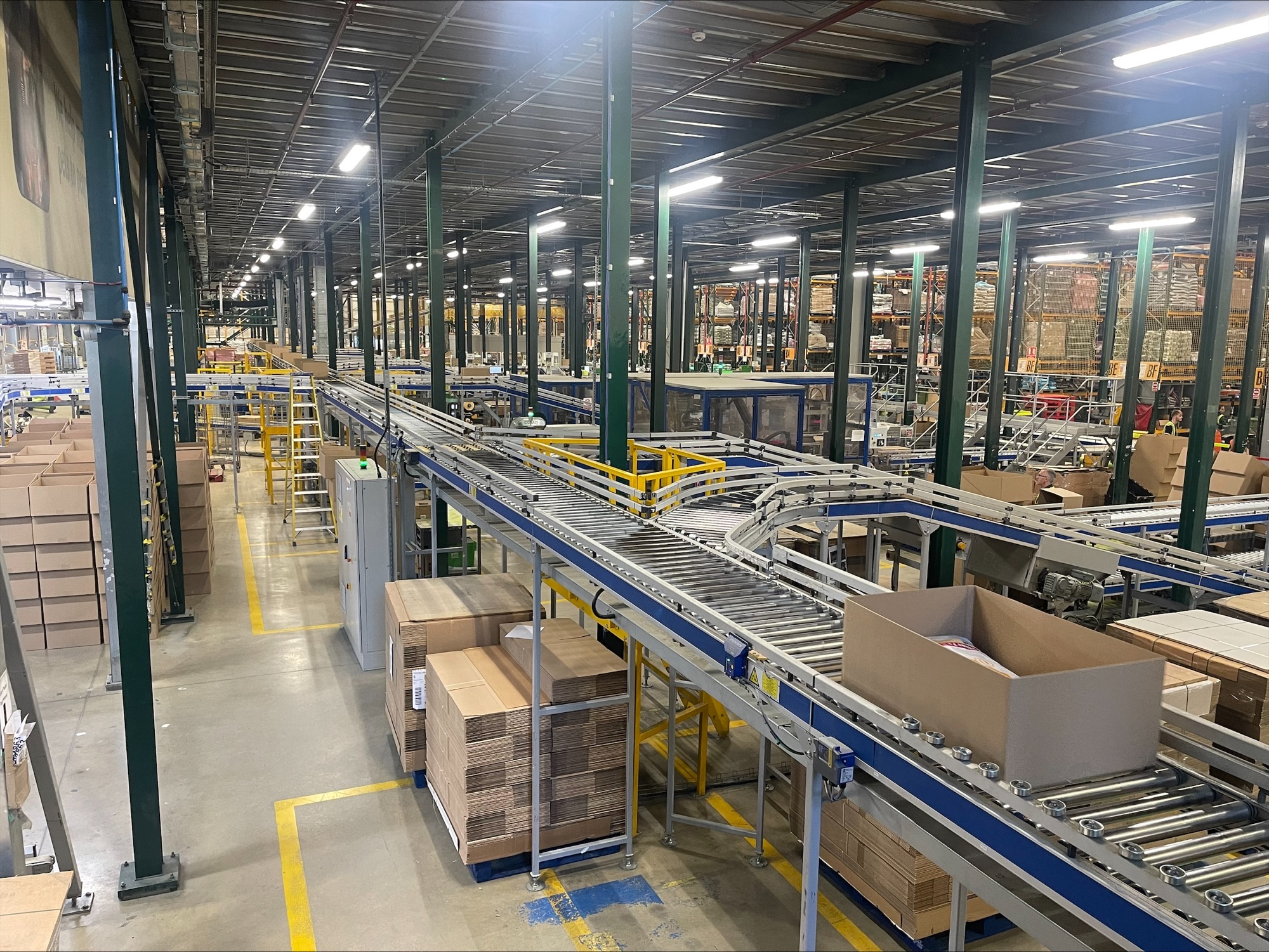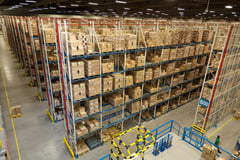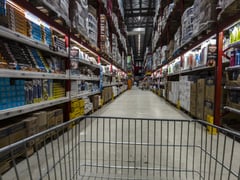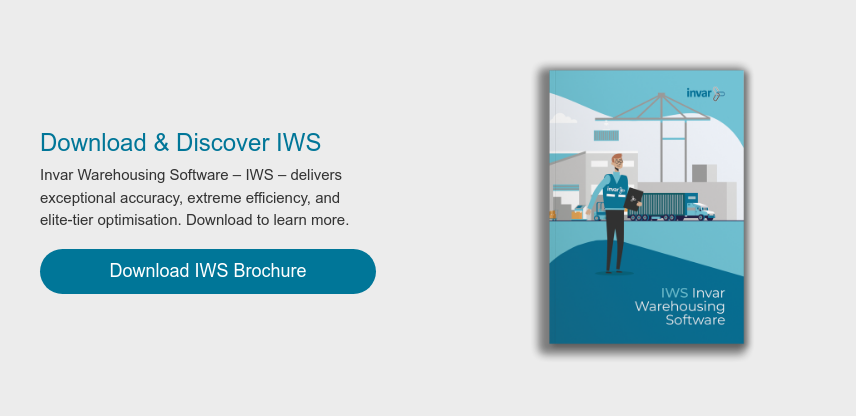
How do dynamic rules-based algorithms optimise your warehouse?
You want the optimum warehouse. You know that new technology and better systems are a key component. You hear about industry 4.0, AMRs, AGVs, and many other new systems.
But one you might not understand completely is dynamic rules-based algorithms. What are they? What do they do? How do they improve things. To understand all this, and how IWS brings them into you buildings to better your business, keep reading.
What are dynamic rules-based algorithms?
To understand the answer to that question, it is important to understand the meaning of the three constituent elements. Dictionary.com defines an “algorithm” as follows:
“noun - a process or set of rules to be followed in calculations or other problem-solving operations, especially by a computer.”
The same website uses the following definitions for the word “dynamic”
“adjective – characterised by constant change, activity, or progress”
“noun – a force that stimulates change or progress within a system or process”
As for the third part, the word “based” rather than “rule” is perhaps the most important element here.
“verb - use (something specified) as the foundation or starting point for something.”
By combining all these elements, we understand what rules-based dynamic algorithms are.
They are a set of computer directives, a line of things like if-then commands, or other such similar sequences, established around a set of rules and principles that are not rigidly fixed.
As the word “based” explains, these rules are the starting point. The original set up. The opening gambit. They are not the complete beginning, middle, and end of the operational process. The “dynamic” element shows that the rules can, and will, be changed as is necessary.
What decides what is necessary? Other rules that exist at a level above. Rules that are also a part of the algorithm and work to inform the wider automated process on when, where, and how the rules should be broken/followed as needed.
Who decides what is needed? You of course.
The big advantage of rules-based dynamic algorithms is that what the rules are, how they work, and when and where they kick in, is pre-programmed and customisable.
Every business needs something specific and different from their warehouse operations. By drawing up and defining the rules, you can condition your WMS to organise your warehouse the way you need it most.
You can also put the rules in place on how and why the rules might be broken, and what the principles are for how such things are decided.
Prioritise order value – do orders of the largest overall value get first picking priority?
Specific client acceleration – do purchases going to particular clients matter more than others?
Maximum order expedience – do you want the biggest volume orders to get done ahead of all the others?
Particular item focus – do orders containing a particular product/set of products need to get out of the door faster?
However you want to organise your warehouse, there are a great many advantages to having a WMS that can direct pickers based on rules. Rules that are only a starting point, and act as ultimately subservient to broader principles and plans of warehouse activity.
This kind of advancement is what IWS makes possible.
Enter your name and email information below, and learn how IWS will both work wonders for your warehouse, and bring out the very best from your business.
Written by

Michael Trimmer

Contact Us
Contact us if you have questions or would like to set up an appointment to discuss your warehouse control systems.
Contact usRelated Articles

How does waveless picking optimise your warehouse?
When looking to optimise your warehouse, picking speeds are a major priority.
You want a solution...

AMRs in the spotlight: Wholesalers
Autonomous mobile robots, or AMRs, are very often imagined to be a very specific kind of future...
Read More
AMRs in the spotlight: Industrial parts
Autonomous Mobile Robots (AMRs) stand as a beacon of innovation, captivating various sectors with...
Read More
